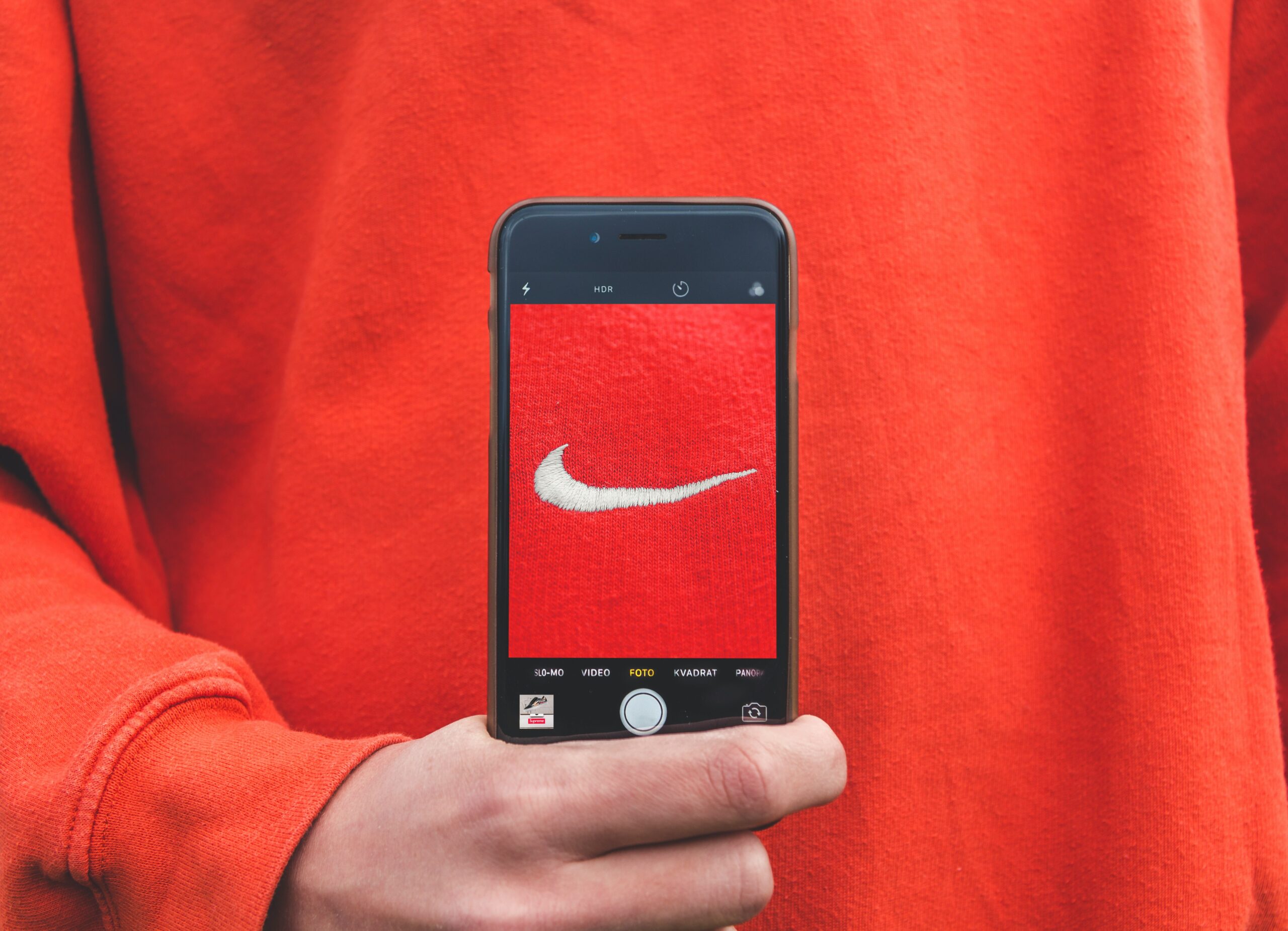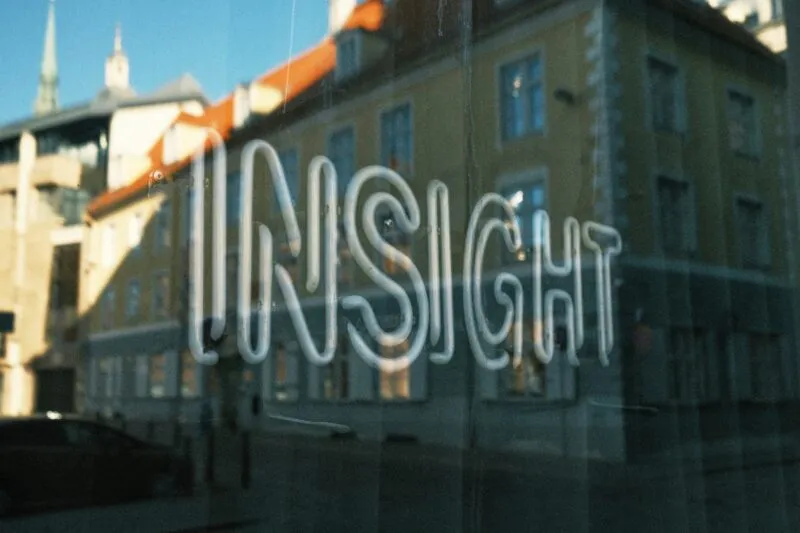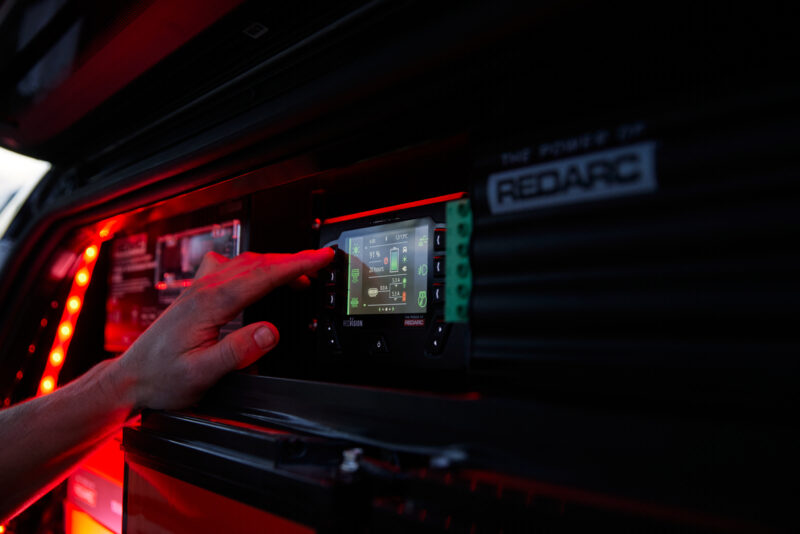How Brand can help your business grow
Over the last few weeks, Square Holes has provided insights into 3 pillars to business growth: new markets, customers, and product innovation. This week Jason has asked me to write a few words on how ‘Brand/ing’ can help a business grow.
There have been many definitions of Brand, as my bookshelves revealed, and I realised my own view has evolved over the years. I quite like James Hurman’s definition of ‘Brand’ in his book ‘Future Demand – how building your brand among tomorrow’s customers is the key to start up success.’ [I do recommend this book, beautifully simple].
Hurman says that ‘a brand is not a name, a logo, or a website. Nor is it just messages in advertising campaigns. A brand he says, ‘is a simple idea at the heart of a business, informing and directing everything the business does.’ This definition resonates in today’s transparent, 24-hour news cycle and social media driven world.
Having spent time sifting through my shelves and articles, it’s clear there is a vast sea of Brand wisdom and I encourage reading and following some of the known leaders in this field such as Byron Sharp and the folk at Ehrenberg Bass Institute part of The University of South Australia, the famous and funny Mark Ritson, and Les Binet & Peter Field from Adam&Eve DDB to name a few. Between them there is much wisdom on how to grow brands through many terms such as physical and mental availability, diagnosis, and strategy, and of course the ‘long and short’ – brand building and brand activation.
Not wanting to re-hash what these great minds and writers have already put into the ether I offer you a few thoughts and reflections on what it takes to grow brands and what I think about when I support clients to grow theirs.
A brand may be a simple idea, however simple is not easy.
If this doesn’t make sense, look at John Maeda’s Laws of Simplicity. It goes some way to providing the effort and dedication required to create and maintain a ‘simple idea’ that connects with all stakeholders. One CEO often would remind me ‘enjoy the grind’ and he is right. The process of revealing the idea and communicating it simply is the reward. Without genuine commitment and perseverance, achieving brand success may remain elusive.
Organisational alignment is paramount.
A well-designed brand considers all stakeholders and understands the interdependence on all parts of the business. Ideas, systems, and people all working collectively towards the ‘simple idea’. I believe that success rarely comes from the highest performance. It comes from alignment. In one of my roles, I initiated global research with a key objective to find commonality and definition of the core audience, to prove that this audience was more similar than different across markets. In truth, I was not surprised by the core findings however I knew the research would help authenticate our collective implicit knowledge allowing us to align and deliver our ‘simple idea’. Best of all, we were efficient, we all moved together with trust and speed.
Start from within. Employ carefully and communicate ‘inside out’.
Employees are note just workers; they are the living embodiment of your brand and help your business grow. Carefully employed they can be the best representation of your core audience. If they are, they will be most believed, and will be the best ambassadors and influencers.
Stand out, even when most people are not interested.
Consumers really don’t care about your brand. This took me far too long to believe. If you don’t stand out, you don’t stand a chance. Emotion is the currency of connection, and this can take place in many ways, advertising is not the only solution to its delivery. My belief is that emotion is best achieved through use as many of the human senses as can be activated. Sight and sound are commonly thought of however touch, smell, and taste also leave an impression. Beyond the five senses there are other senses less commonly thought of including temperature, balance, acceleration, kinesthesis, and sense of time. They can all inform how a brand communicates inside and out.
Standing out does not require being loud or flashy. It means being distinctive in how you present so that you can be seen by as many people in your ether. Researching what makes your brand distinctive may surprise you however knowing will ensure you are careful in what to dial up and down for growth.
Create meaning and be interesting (relevant).
Taping into things people care about (culture) and things your brand aligns with allows people to notice your brand. People will like your brand if they like your products, your stores, your advertising, your people etc. It always amazes me the things that people call out about a brand. Little things matter. They may not be measurable or even make sense. Let it be.
For example, the idea that Haigh’s Chocolates always offers me a piece of chocolate after I have purchased [no matter how little or how much] taps into my Italian generosity gene where I must send people home with something when they visit me. It reinforces something that has meaning for me. It’s simple, not measurable, yet it’s why I connect with the brand and seek it out.
Think global.
I realise that ‘being local’ is a benefit to communicate. However, this shouldn’t prevent global or perhaps ‘bigger’ thinking if this helps. I suggest if you can, to think and design your brand to be global even if you don’t have immediate plans to sell beyond your state/country. Expanding your frame as little as 1-2 additional markets broadens and sharpens your thinking. It enables you to explore and research different cultures, emerging buying behaviours and market sizes. If you can, set up your brand to be global up front for ease of expansion later. In sectors where barriers to entry are low [e.g. retail], this is important, especially in a consumer market as small as Australia. Competitors are global and consumers anywhere can buy globally. So why not present your brand globally?
While anecdotal, I have also witnessed that a whiff of Aussie success in another market drives desire and distinctiveness of a brand to Aussie consumers. A great global story drives brand growth locally.
A brand to reflect consumers or lead them?
While customer centricity remains a central tenet for many brands, I believe that businesses make choices [mostly unconsciously] in their brand design to either reflect their consumer and their lives [sometimes known as being a mirror] or alternatively lead them. Both strategies work and can drive growth. They both rely on a deep understanding of a consumer; however, they execute differently.
As an example, I find many large consumer goods businesses present their brand reflecting the spirit of their consumers of the time. Seeing yourself in a brand is reassuring to consumers and says ‘they ‘get’ me’ and this delivers growth.
Then there are other brands that lead and show consumers a different path or destination. They challenge consumer thinking, maybe even their beliefs in some way, big or small. It’s not that these brands do not listen or see the reality of their consumers lives. They know it well and don’t like what they see or think differently. Usually these brands originate as Founder-run or are family-owned business.
Most Founders [think Nike, Apple, Patagonia, Canva, Aesop] design for themselves, born from necessity or frustration. This doesn’t sound so customer centric, however I believe it is, and in the most passionate form – they cared enough to make their product and present it to the market. They are not reflecting the consumer ‘as is’, rather ‘what they can be’. Created well, these brands lead and inspire stakeholders and like-minded consumers around them and with time and well-crafted brand strategy gain traction with the masses.
Brands are a ‘simple idea at the heart of a business informing and directing everything the business does.’
Defining or refining this ‘simple idea’ is a skill and crafted and executed well is a path to business growth. I leave you with some wise words from the master of simplicity, John Maeda – “Simplicity is about subtracting the obvious and adding the meaningful”.
Lisa D’Amico [GAICD] is a friend of Square Holes and works closely with businesses who wish to reinvigorate or scale their brands to create ‘beautiful and sustainable business’. Connect with her at www.lisadamico.com.au or https://www.linkedin.com/in/lisadamico/




